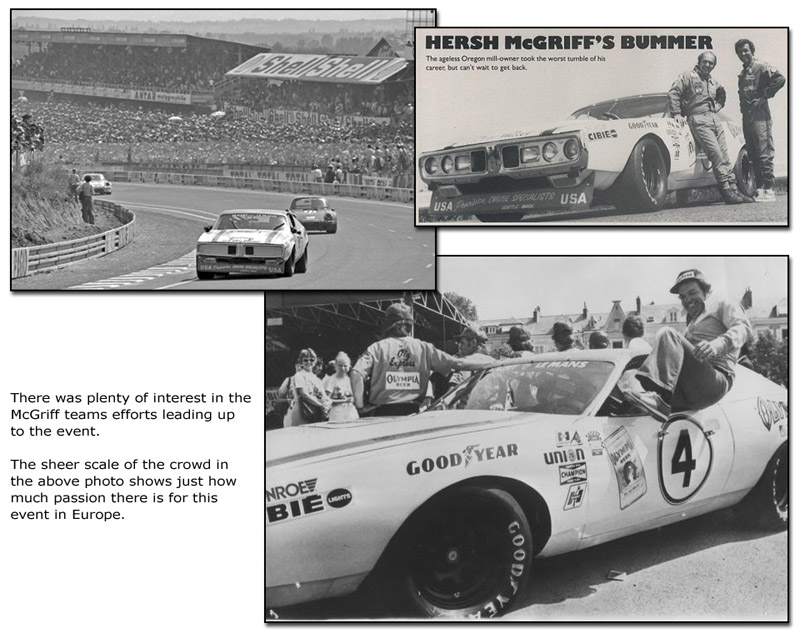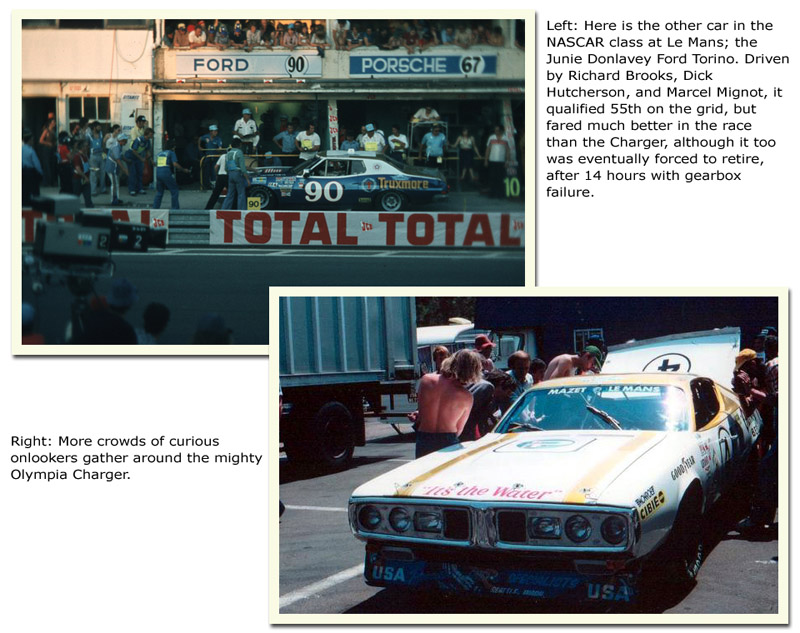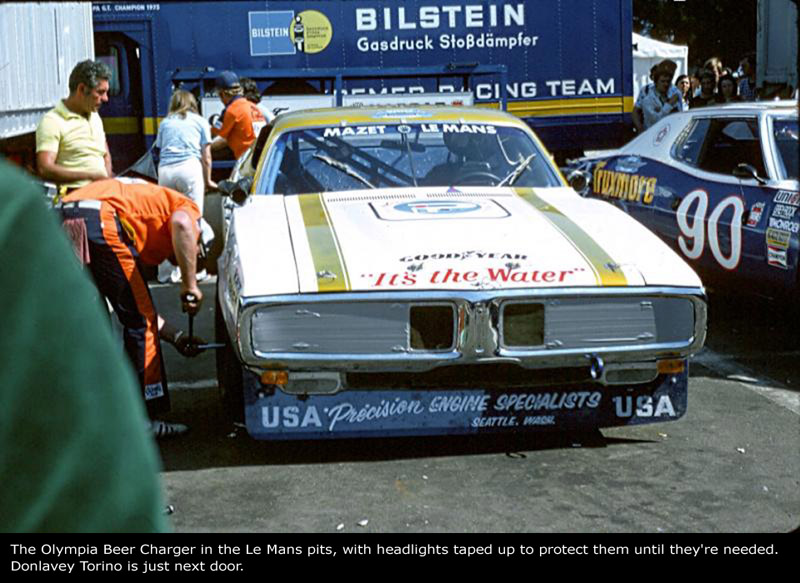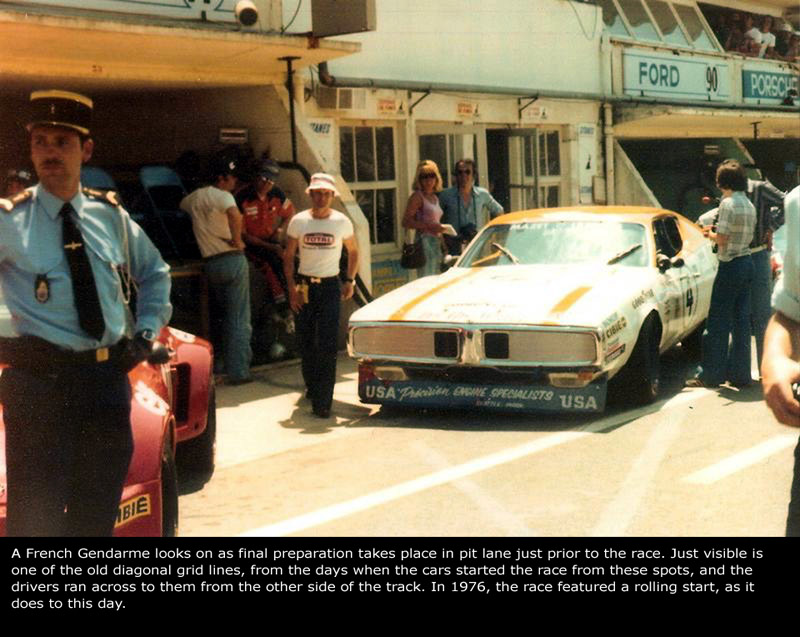-
Administrator


Of course, the pair of massive American stock cars had no chance of winning the race outright, or even qualifying near the front. But Le Mans is about much, much more than outright victory. For in among the large grid, usually consisting of close to sixty cars, are multiple classes, and to most teams, a class victory is just as important as an overall placing. Other than the achievement of winning your class, comes the achievement of simply finishing the race. This in itself is something to be celebrated.
While the pair of NASCARs might not have been a concern for Porsche Martini Racing, or Renault Sport, who’d come heavily armed with their latest glorious prototype sports cars and were gunning for outright glory, the race fans absolutely fell in love with the two unlikely American behemoths. From the moment they were unloaded at the track, they were swooped upon by large crowds of enthusiasts who marveled at their sheer scale, their charisma, and their monstrous, simple V8 motors. They quickly became the darlings of Le Mans 1976. Had a couple of green aliens been tractor-beamed into the middle of pit lane directly from Mars, its unlikely they’d have generated any greater bemusement than the pair of colorful American interlopers. The French media affectionately dubbed them ‘Les Deux Monstres’ (The Two Monsters).

The McGriff team prepared well for Le Mans, having had three 426 cu.in big block motors (one Hemi and two Wedges) built by John Todd and Orv Rupp from Precision Engines. Todd would also serve as one of the pit crew for the team at Le Mans, along with other highly experienced personnel. One notable absentee at Le Mans, but a person who played a major role in preparing the Charger for Le Mans, was McGriff team member Dick Pierson. Hershal wanted Dick to remain at base camp, and be ready should the team urgently require parts be sent to France. The plan was to use the Hemi motor for practice, before swapping in one of the lighter Wedge motors for qualifying and the race. The Wedge motors had been dyno’d at 630 horsepower, at 6,200rpm, with 11:1 compression. They were built to run on 93 octane premium pump gas.

However, despite their detailed preparation, the issues the team would suffer throughout their French adventure arose well before they actually arrived on French soil, although this was unbeknown to them until it was too late. Prior to leaving the US, they’d organized for 93 octane gas to be supplied locally in France. However, what they didn’t know, was that fuel octane levels are measured differently in France, and the fuel they’d receive at the track would be the equivalent of 88 octane in the US.
The Charger was shipped to France, along with 15 cases of Olympia beer, which, apparently, were labelled as ‘lubricant’. Not entirely the truth. But not really a lie either! 97 cars were entered for the race. 60 got to practice, and 55 started. The Charger qualified 47th, with a time nearly 1 minute slower than the pole winning factory Renault Alpine A442 sports prototype. Had the team found another 5 seconds in qualifying, they’d have leapt ten places up the grid.

But coaxing every last fraction from the car in practice and qualifying was inconsequential compared to the serious detonation issues the motors were suffering, particularly on the 3.7 mile (6 kilometer) long Mulsanne Straight, where the Charger was said to be hitting speeds of around 215 mph. The first of the Wedge motors blew in qualifying, melting a couple of pistons. This was when the team discovered the misunderstanding between US and French octane measurements.
The second Wedge was installed for the race, while John Todd scrambled to find a quick-fix solution. He decided to richen the mixture and retard the timing in the hope the second motor would survive. It did…..for nearly two laps of the long La Sarthe circuit. As the other 54 cars started out on their third tour, the Olympia Beer Charger pulled into the pits, its race run.
 Posting Permissions
Posting Permissions
- You may not post new threads
- You may not post replies
- You may not post attachments
- You may not edit your posts
-
Forum Rules






 Reply With Quote
Reply With Quote